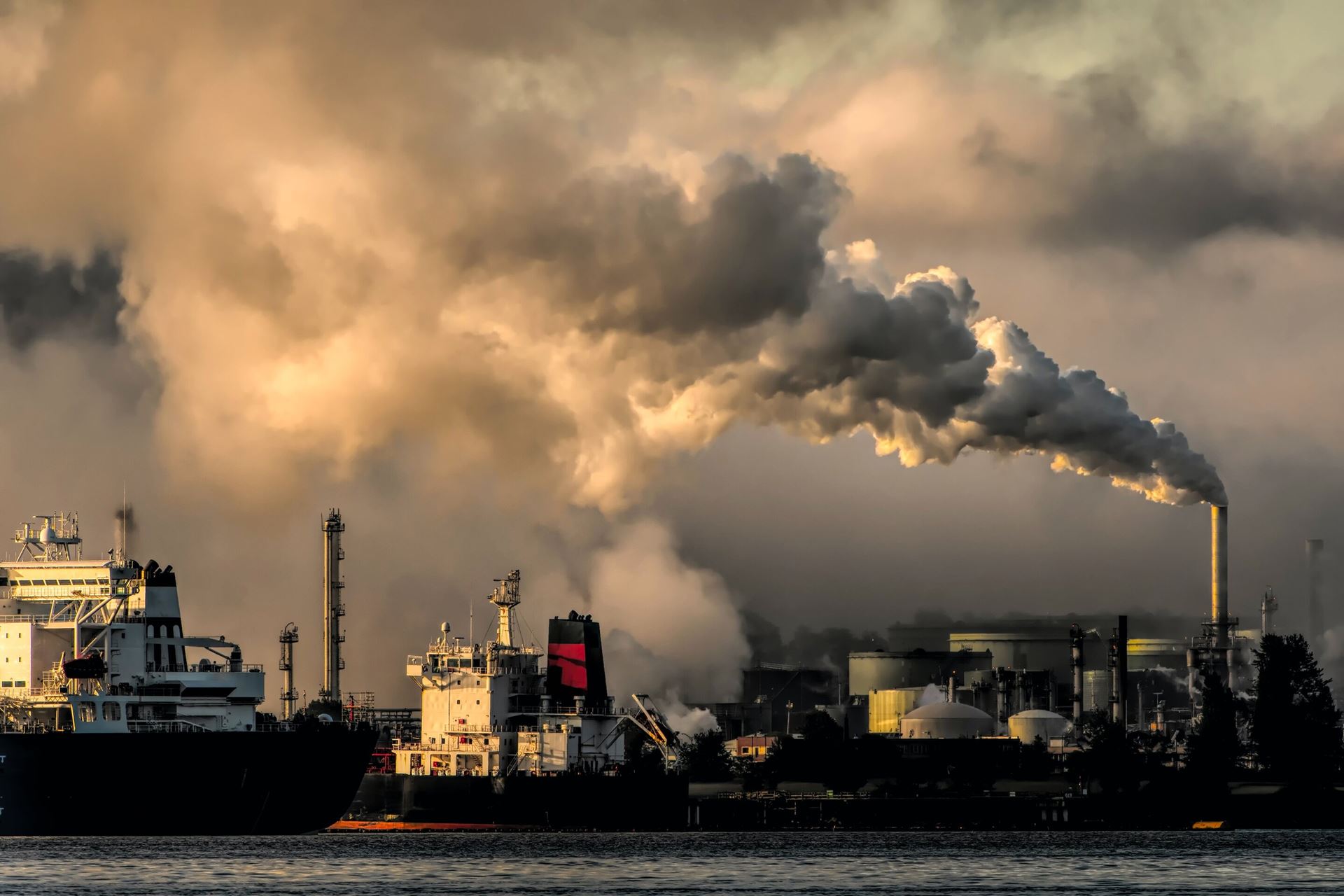While the steel industry contributes over 2% to GDP, it emits on average 2.55 total carbon dioxide content per tonne, which is above the global average. In 2023, India produced around 60 million tonnes of crude steel through Co2 emitting blast furnace (BF-BoF) and plans to increase this capacity.
All leading manufacturers recognize that decarbonisation is a necessity and are trying to increase their energy and resource efficiency by changing their production processes.
TV Narendran, CEO and Managing Director of Tata Steel, said, "Increasing the demand for green steel in India will require a paradigm shift, that is, the collective commitment of all stakeholders, manufacturers, policy makers and customers. Producing eco-friendly steel is about spreading the culture of conscious consumption." said.
The government has also reportedly set phased targets to decarbonize the steel industry. In this context, short-term goals such as increasing energy and resource efficiency and encouraging the use of renewable energy have been determined.
13 task forces have been established for the decarbonization of the steel sector and these forces are working in the fields of classification, CO2 monitoring and measurement methods, green steel demand generation, material efficiency, green energy, energy efficiency, renewable energy and CCSU (Carbon Capture, Utilisation and Storage).











Comments
No comment yet.